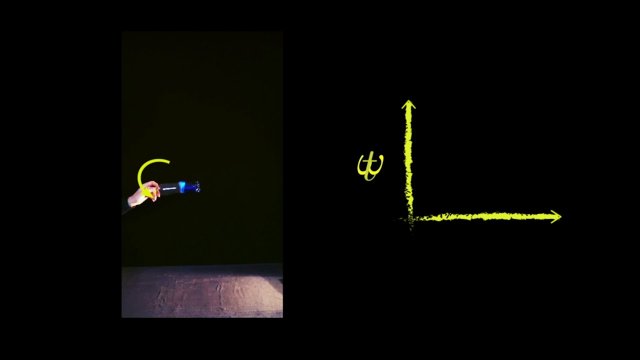‘Water bottle flipping’ involves throwing plastic bottles partly filled with water end over end, and getting them to land on their base and remain upright. It was a huge hype among young people in 2016 and 2017. Five first-year physics students at the University of Twente explored the science behind this hype. They unravelled the physics behind the perfect flip, and calculated the ideal level of water involved. This study is being published in the American Journal of Physics.
If you search YouTube for ‘water bottle flipping’, this will generate a hit list of almost 400,000 video clips in which people throw bottles of water – spinning end over end – into the air. In successful attempts, the bottles land squarely on their base and remain upright. Some of these video clips have been viewed millions of times. Water bottle flipping can justifiably be called a hype.
The perfect water bottle flip
While taking a course in Dynamics & Relativity, five first-year Applied Physics students at the University of Twente decided to team up and explore the physics behind water bottle flipping. When the results were in, they wrote their scientific article, working closely with the lecturers involved.
Armed with a high-resolution video camera, the project group first filmed numerous flips using bottles completely or partly filled with water, a bottle containing two tennis balls, and several other variations. Next, the students analysed their video recordings and converted their bottles’ movements into physical formulae. These included the following formula for the perfect water bottle flip – defined by the students as the flip that produces the greatest reduction in angular velocity. In this situation, the bottle has the greatest chance of landing on its base.

How full?
The ideal level of water in the bottle is the subject of a fierce and protracted debate among avid bottle flippers on the internet and on social media. The consensus is that the bottle should ideally be between a third and a quarter full, but no-one was sure about the exact amount. The University of Twente students’ formulae show that the ideal amount of water is determined by the ratio between the mass of a completely empty bottle and the mass of one that is completely full. These formulae show that the bottle should ideally be between 20 and 41 percent full. A half-litre bottle of Spa mineral water, for example, should ideally be 30 percent full (which means you have to add 150 millilitres of water).
Background
The physics behind flipped bottles (whether completely full or completely empty) is relatively simple. This is because the bottle’s speed of rotation is constant. As a result, it is virtually impossible to flip a full bottle of water and get it to land squarely on its base.
But if the bottle is only partially filled with water, it is much easier to get it to land upright. This is because, as the bottle is flipped, the water spreads out across its inner surface, sharply reducing its speed of rotation. The speed of rotation is at a minimum when the bottle is aligned vertically, i.e. with its base pointing upwards or downwards. At these moments, the bottle has the greatest possible chance of landing neatly on its base.






